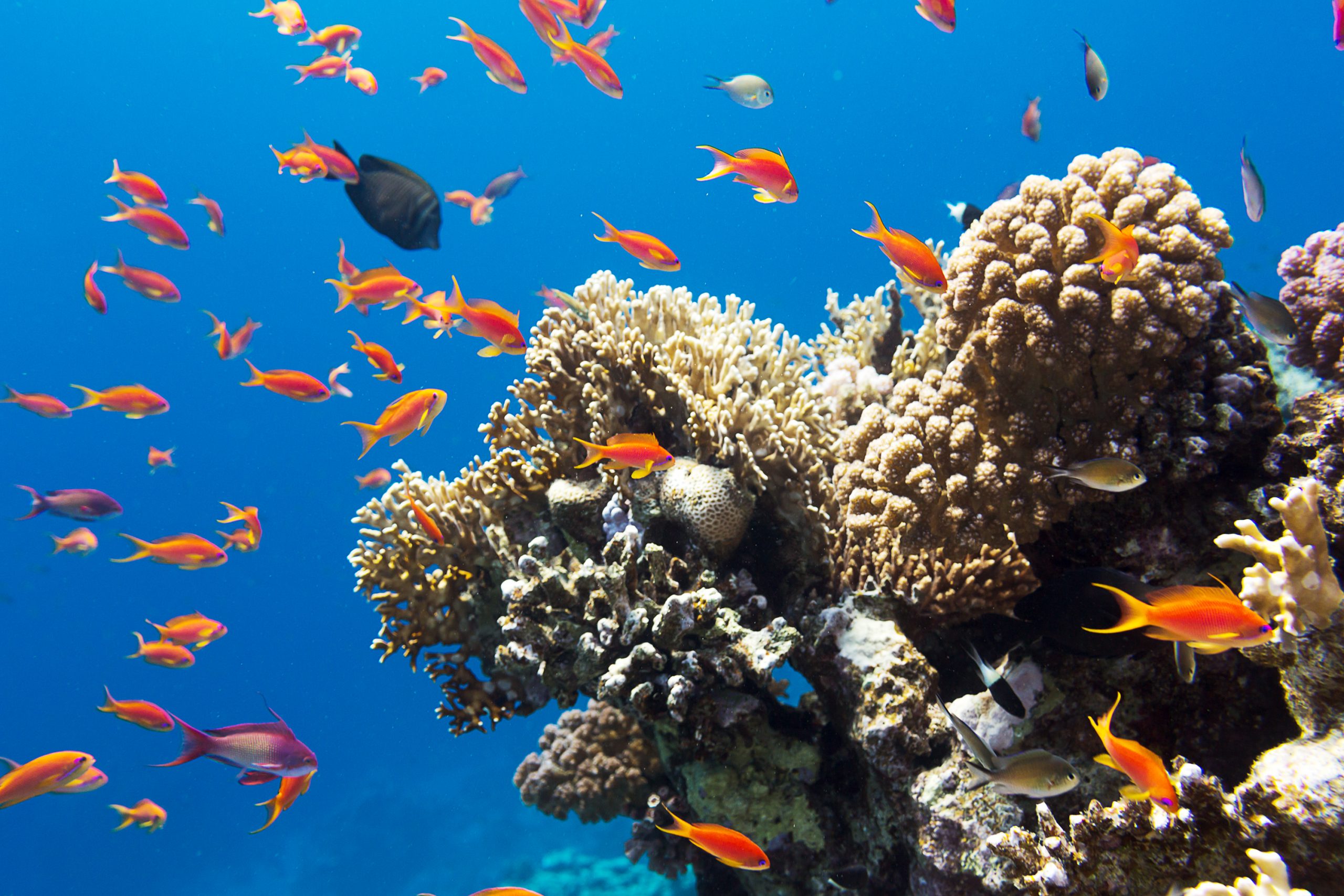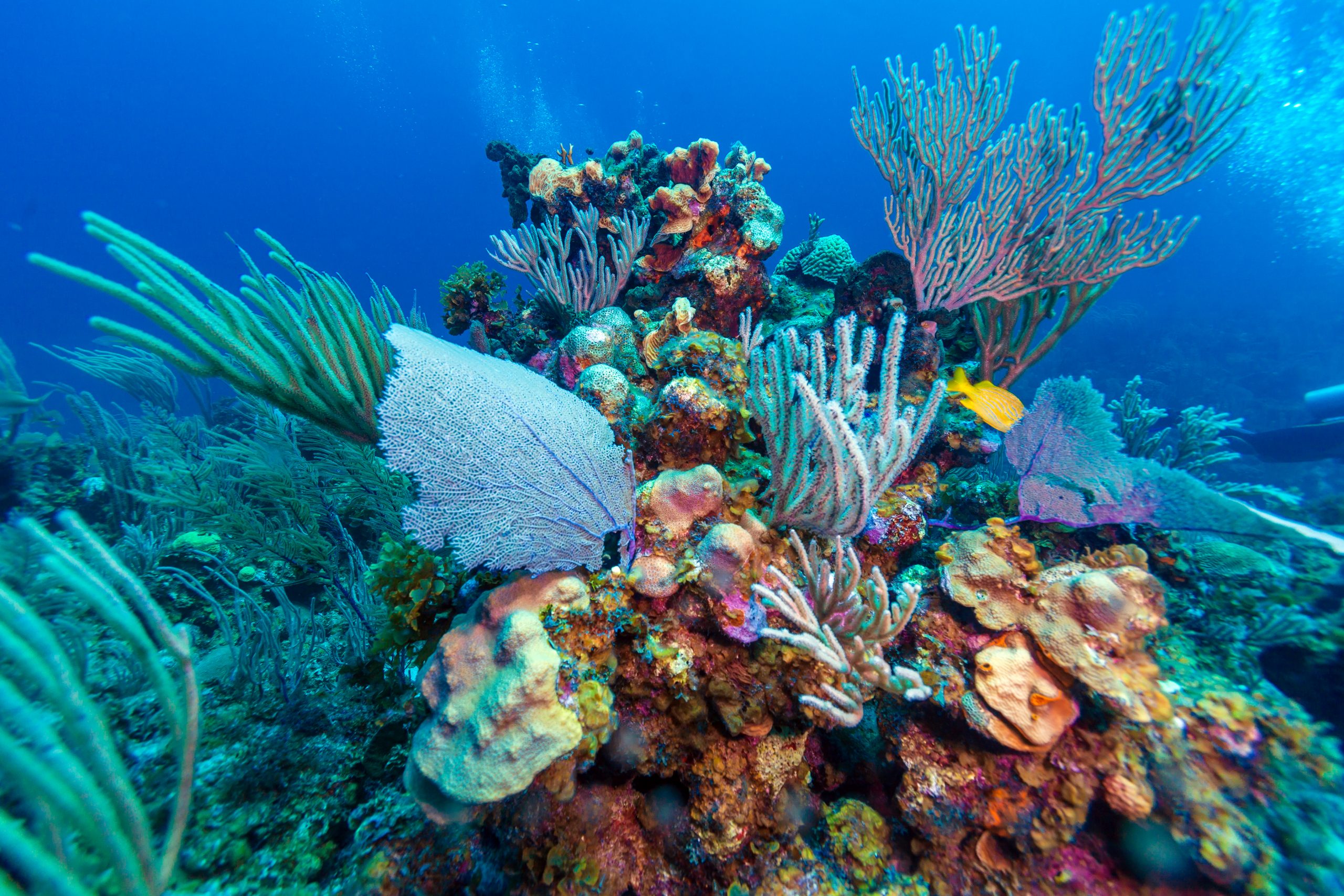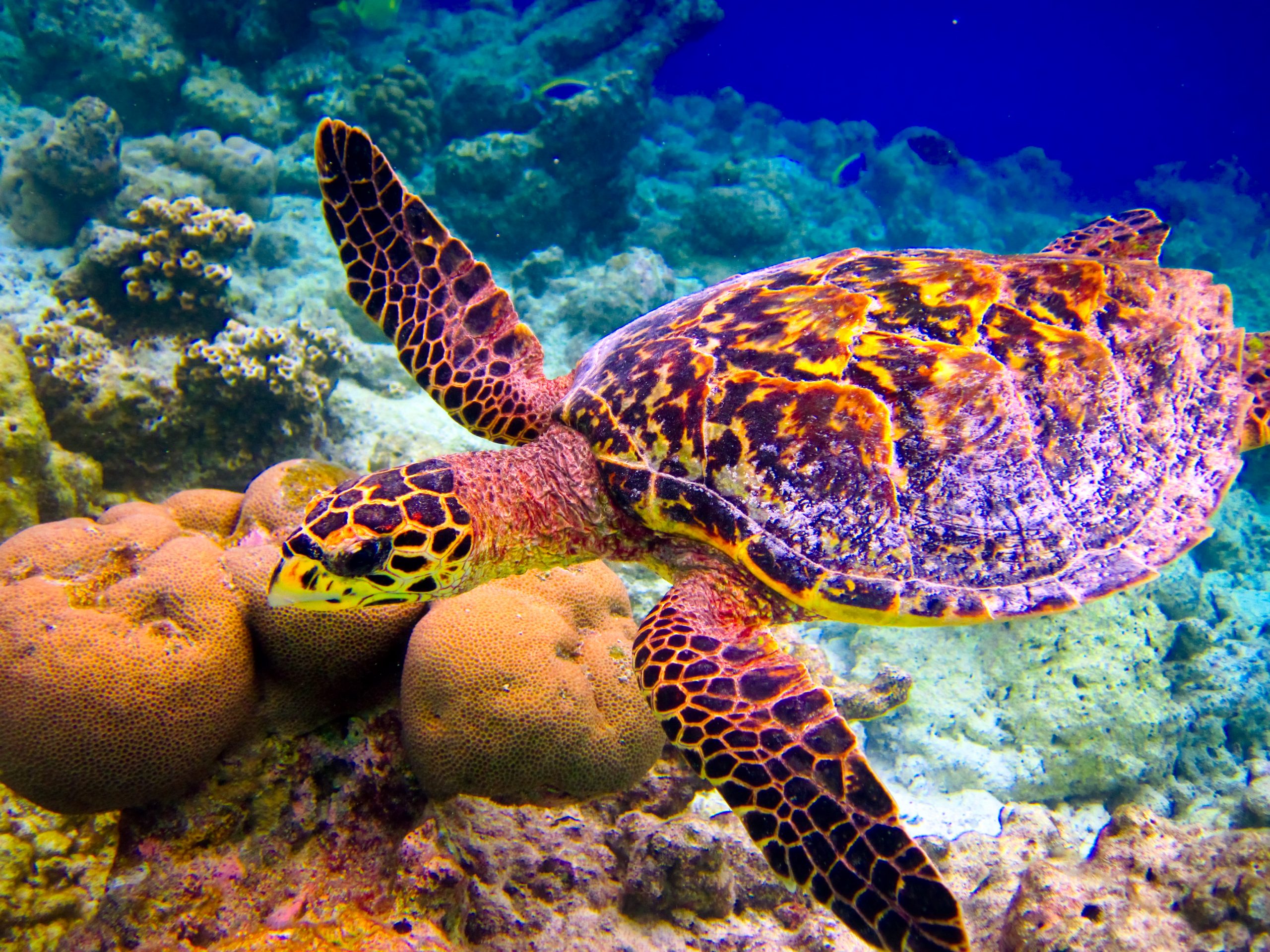Are you looking for your next diving holiday?
Cuba has some amazing beaches. On the north you will find miles of white sand perfect for lazing in the sun, whilst on the south you will have more beaches for water sports. No matter where you go the waters are pristine, warm and calm which makes it perfect for visibility under water.
If you love scuba diving, we have the perfect weather, perfect waters and some amazing fish and coral reefs to check out.

Where should you go?
Santa Lucia
Santa Lucia is protected by one of the largest and best preserved coral barriers in the tropics with flocks of pink flamingo making their home in nearby lagoons. And here we have the chance to dive with one of the most astonishing shark in the world – bullshark.
Apart from the bullshark, you can discover the wreck of Nuevo Mortera. Originally a small military steamer, built in Havana in 1895, it was turned into a cargo ship after its military service. It sank in 1905, after crashing into an English cargo ship. Now the wreck provide a meeting point for the bullshark and a home to many sea creatures, like the green moray, schools of snapper, long- spine porcupinefish, angelfish, trunkfish and others.
Nuevo Mortera is not the only wreck here either, you can discover a few others also and even remains of a Spanish fort from colonial times!

Cayo Largo del Sur
Another beautiful island on the south coast of Cuba. A place of natural beauty and wonder. Whit shimmering white sand beaches on the surface, vibrant coral reefs, walls, caves, caverns, swim throughs and wreck diving is an incredible spot for scuba divers.
Cayo Largo is quiet, secluded and unblemished, great for eco-tourists who want to explore nature both above and below the sea.
There are over 32 dive sites around the island, many of them are shallow and suitable for the entry level divers. You’ll see hundreds of coral species making the reefs colourful and alive.
You can see whale sharks, mantas, turtles, eagle rays and large schools of fish such as jacks, grunts, snapper and tarpons. Explore within the corals for lobsters, crabs, eels and lots of macro critters. If diving is not your thing, the you can enjoy snorkelling or even swim with the dolphins.

Santiago de Cuba
The former capital of Cuba has it all, not just on land but in the water too! Not only do you find an amazing underwater landscape here with tunnels, caverns, walls and spectacular sea life, the bottoms hold shipwrecks where you can hand feed enormous groupers.
And the shipwrecks aren’t just any shipwrecks, it’s fleet of 5 Sunken Spanish and 2 US naval ships from the Spanish-Cuban-American War from 1898, they play large significance in the beginning of new and different relations between the three countries involved.
This archaeological site is the highlight of the area. But don’t let that take away from the natural wonders of different types of hard and soft corals, various colourful fish, snapper and barracuda, wonderful jewfish and may be even a hammerhead shark.
There is plenty to see, here! You can spend a good few days diving in the waters off the coast of Santiago de Cuba before you discover it all.

Varadero
This is the beach you see on most Cuban post cards, with its 20 km long powder white sandy beach area located on a northern peninsula outside of Havana.
Varadero’s diving zone is more than 16 kms long between Matanzas Bay and to the western edge of Jardines del Rey Archipelago. It includes some superb dive sites. The Hicacos Peninsula, on which Varadero sits, is close to one of the most important coral reefs in the Caribbean.
You will find warm, clean water, great biodiversity, well conserves ecosystems, coral gardens, caves, meadows of gorgonians and sponges, underwater escarpments, narrow channels, tunnels, fish of many sizes and colors, valuable remains of shipwrecked vessels and many natural beaches. In the Parque Submarino Cayo Piedra del Norte you can also see a sunken war submarine covered in coral.

Jardines de las Reina
Jardines de las Reina is a complex ecosystem – one of the healthiest marine ecosystems on the planet – of small virgin islands and mangrove forests where you can find untouched reefs, curious sharks and mighty crocodiles.
It is an archipelago, on the southern coast of Cuba. It has been a marine reserve since 1996 and became a national park in 2010, one of the largest protected areas.
Jardines de las Reina is a prime destination for shark diving. You can see sharks on most of the dives but there are specific spots where you can encounter up to 30 of them. The Caribbean reef sharks and silky sharks are rather friendly and will come pretty close to you. Get comfortable and still, and admire these sharks swimming around you. The reef here is filled with soft corals, sponges and sea fans. Stunning landscapes like canyons and pinnacles complete the picturesque scene.
Would you love to experience the pristine waters and inquisitive marine life of Cuba? Join us on our Diving Cuba Tour!


